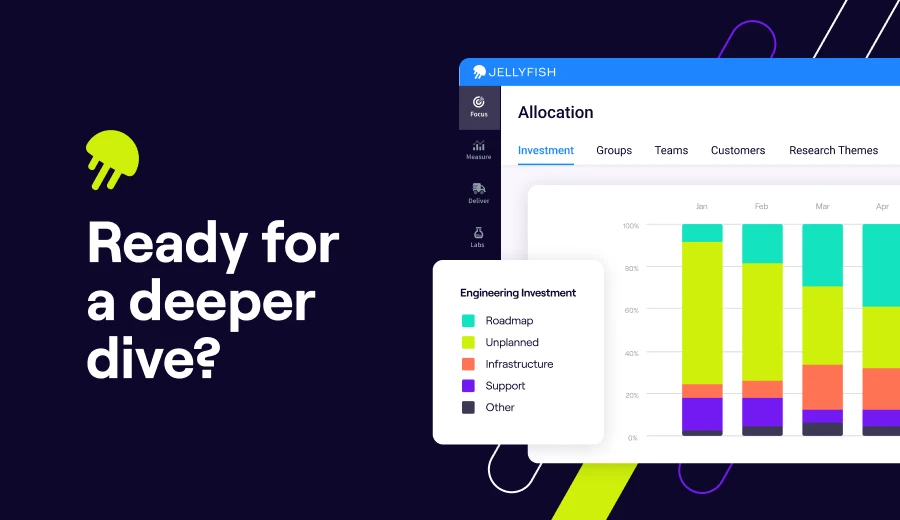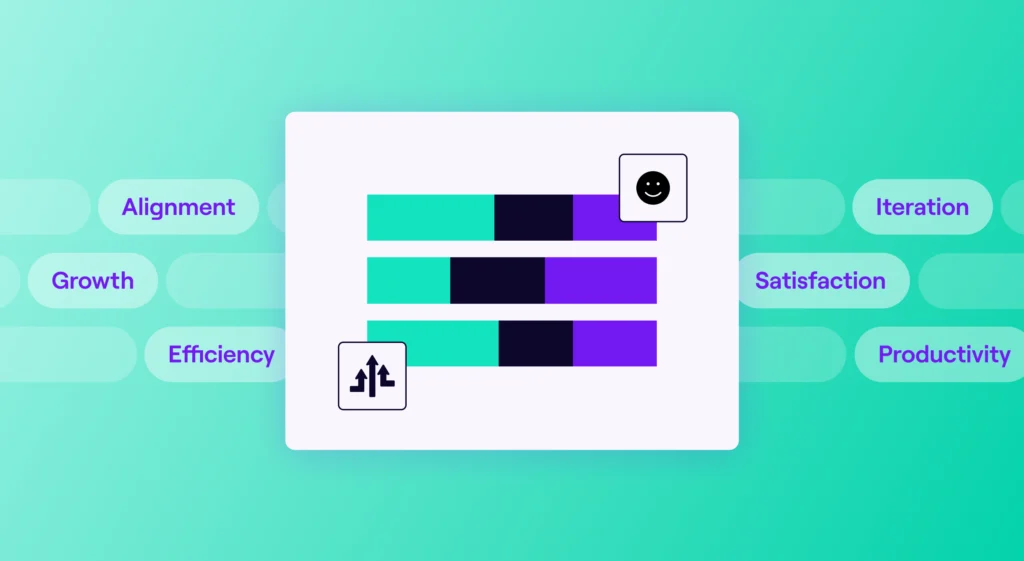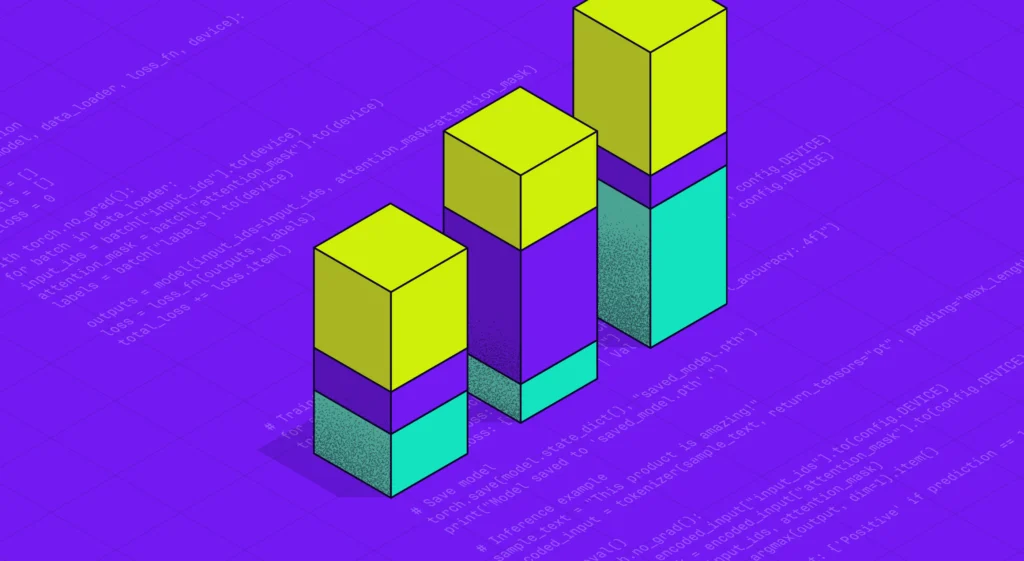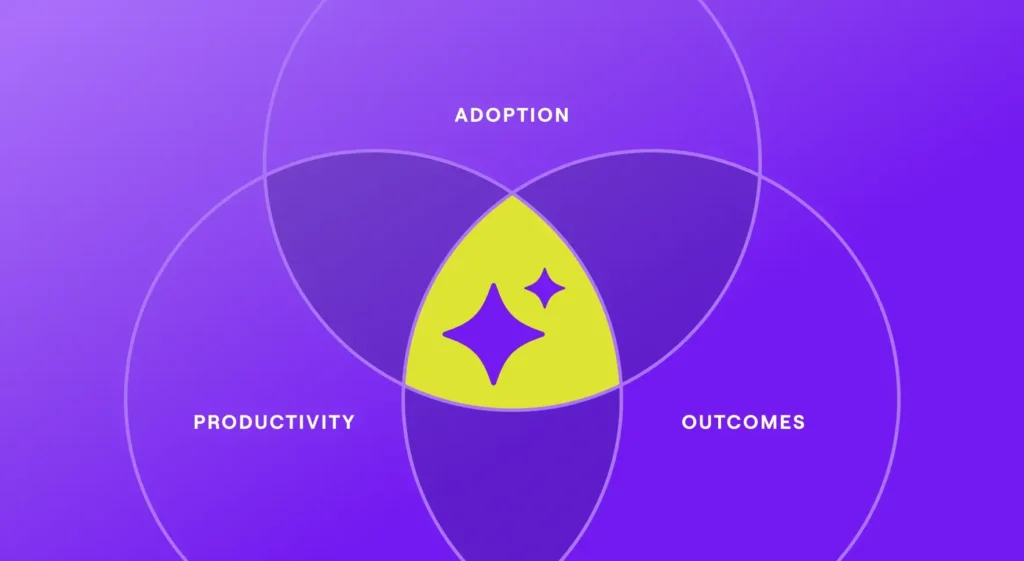Software capitalization is a powerful accounting practice that transforms your largest R&D costs into long-term intangible assets. Instead of recognizing all development costs as an immediate hit on your income statement, this practice allows you to record them on your balance sheet and amortize them over the software’s designated useful life.
This approach not only provides a more accurate picture of your company’s financial health but also unlocks a range of benefits that can enhance profitability, enforce project discipline, and foster innovation.
In this teardown, you’ll learn the key advantages of software capitalization, what specific costs qualify, and how to master the process.
Software Capitalization Benefits
Software Capitalization Benefits
Beyond its technical definition, the practice of software capitalization delivers a range of tangible benefits. This strategic approach can significantly improve financial metrics, enforce project accountability, and fuel long-term growth.
Improve Financial Statements and Valuation
One immediate benefit of this strategy is boosting an organization’s financial statements. By deferring expenses related to software development and distributing them over an extended period, companies can improve short-term financial performance indicators such as earnings and net income. This improved outlook makes organizations more attractive to investors and raises their market value.
Enhance Project Discipline and Accountability
Embracing software development capitalization best practices encourages a higher level of scrutiny in the planning and execution phases of software projects. Since capitalized costs must adhere to specific guidelines from regulatory bodies like the Financial Accounting Standards Board (FASB), organizations must ensure that they follow established best practices for project management. That increased accountability leads to more efficient resource allocation and greater confidence from stakeholders.
Foster Long-Term Innovation
Another significant advantage is that software development capitalization fosters innovation within an organization. By recognizing the long-term value produced by their investments in research and development (R&D), companies can pour resources into creating cutting-edge solutions that drive future growth. The ability to capitalize on these R&D efforts provides businesses with a competitive edge.
Support Strategic Decision-Making
Software capitalization also supports strategic decision-making by providing a clear financial picture of an organization’s software development portfolio. This transparency is especially crucial when evaluating the potential return on investment (ROI) for new projects or enhancements to existing solutions. By assessing these returns accurately, businesses can prioritize their software investments and allocate resources accordingly.
Provide Potential Tax Advantages
Lastly, companies that capitalize on their software expenses may enjoy tax benefits. Capitalized costs are typically subject to a depreciation schedule, which allows organizations to claim deductions over several years rather than incurring an immediate expense. This tax strategy can provide substantial savings and improve cash flow management.
Software Development Costs That Qualify for Capitalization
Software Development Costs That Qualify for Capitalization
The accounting treatment of costs related to a development project is not uniform; it depends entirely on the specific development phase of the project. The rules are defined by US GAAP (Generally Accepted Accounting Principles), primarily ASC 350-40.
The development process is broken down into three distinct phases:
Preliminary Project Stage
This initial phase involves conceptualizing and exploring the feasibility of a project. All costs incurred during this stage must be expensed and cannot be capitalized.
Activities in this stage include:
- Brainstorming and articulating project ideas.
- Evaluating different technological alternatives.
- Determining functional requirements and system specifications.
- Making final selections of vendors or consultants.
Application Development Stage
This is the core phase where the software is actively built and made ready for use. Costs incurred during the application development stage are the ones that qualify for capitalization. Capitalization begins as soon as the preliminary stage is complete and management commits to funding the project.
Capitalizable costs in this stage typically include:
- Direct labor costs: Salaries and benefits for the employees directly involved in development, such as software engineers, project managers, QA testers, and designers.
- Third-party fees: Payments to external contractors, including third-party developers, for their services. This can also include specific consulting fees related to the development process.
- Software and hardware costs: Expenses for any software licenses or hardware purchased specifically for the development environment.
- Testing costs: Costs associated with testing the software, including setting up test environments and performing quality assurance checks.
- Interest costs: In some cases, interest costs incurred from loans used to finance the project during the development period can be capitalized.
Post-Implementation Stage
Once the software has been tested and is ready for release, the capitalization window closes. All related costs are considered operational and must be expensed.
Activities in this stage include:
- Employee training.
- Ongoing maintenance and support.
- Data conversion and cleanup.
- Developing minor upgrades or enhancements that do not add substantial new functionality.
A Note on Software for Sale (ASC 985-20)
For a new software product intended for external use—that which is developed to be sold or licensed to customers (i.e., SaaS)—the rules are slightly different. Capitalization begins only after technological feasibility has been established. This is a key milestone defined as the point when a working model is complete. All costs incurred before this point are expensed as R&D.
Automate Software Capitalization with Jellyfish
Capitalizing software is a powerful financial strategy, but its success depends on accurate and auditable data. Relying on manual data collection, developer surveys, and estimation is time-consuming, introduces errors, and creates significant compliance risks during a financial audit.
Jellyfish is designed to solve this fundamental disconnect.
As a leading DevFinOps solution, it automates the link between your engineering team’s work and your financial reporting, creating a precise, real-time view of your development investments.
Here is how Jellyfish provides a clear path to accurate and compliant software capitalization:
- Eliminate manual processes: Jellyfish automatically allocates engineering effort by collecting signals from the source systems your team already uses, like Jira and GitHub. This removes the burden and inaccuracy of manual data entry and estimation.
- Deliver audit-proof data: It provides your finance team with a defensible, granular record of capitalizable costs that stands up to the scrutiny of accounting standards (like ASC 350-40) and tax regulations (like IRC Section 174).
- Connect engineering work to business value: By translating development activity into clear financial data, Jellyfish allows you to accurately measure the ROI of your technology investments and make smarter, data-driven decisions about future projects.
Salsify saw the impact of this approach firsthand.
“We got value out of Jellyfish almost immediately with the cost capitalization features, and the data has been successfully audited twice by our accounting firm, so it is working very well.”
– Adam Ferrari, EVP of Engineering

Transform Software Capitilization with Jellyfish
Move beyond inaccurate estimates and reduce your compliance risk. See how Jellyfish can transform your software capitalization process from a complex burden into a strategic advantage.
Request a DemoSoftware Capitalization FAQs
Software Capitalization FAQs
What is the difference between expensing and capitalizing software costs?
The key difference is timing and financial statement impact.
- Expensing a cost means it is recognized immediately on the income statement, reducing the current period’s net income. This is typically done for costs related to the preliminary or maintenance stages.
- Capitalizing a cost means it is recorded as a long-term intangible asset on the balance sheet. Instead of a one-time hit to profit, the cost is gradually charged against income over the software’s useful life through amortization.
This approach is used for costs incurred during the application development stage and is designed to match an asset’s cost to the periods in which it generates value.
What is the main difference in accounting treatment for internal vs. external-use software?
The key difference between these two types of software lies in the milestones that trigger capitalization.
- For internal-use software, capitalization begins when the preliminary stage is over and the project is funded.
- For external-use software, capitalization begins only after the more stringent milestone of “technological feasibility” has been proven.
About the author

Kevin Graney is a Senior Sales Engineer at Jellyfish where he works to bridge the gap between complex engineering workflows and executive decision-making. With more than six years in SaaS and over ten years of military leadership, Kevin specializes in aligning stakeholder needs across Engineering, Product and Finance.





